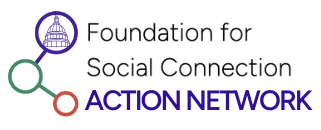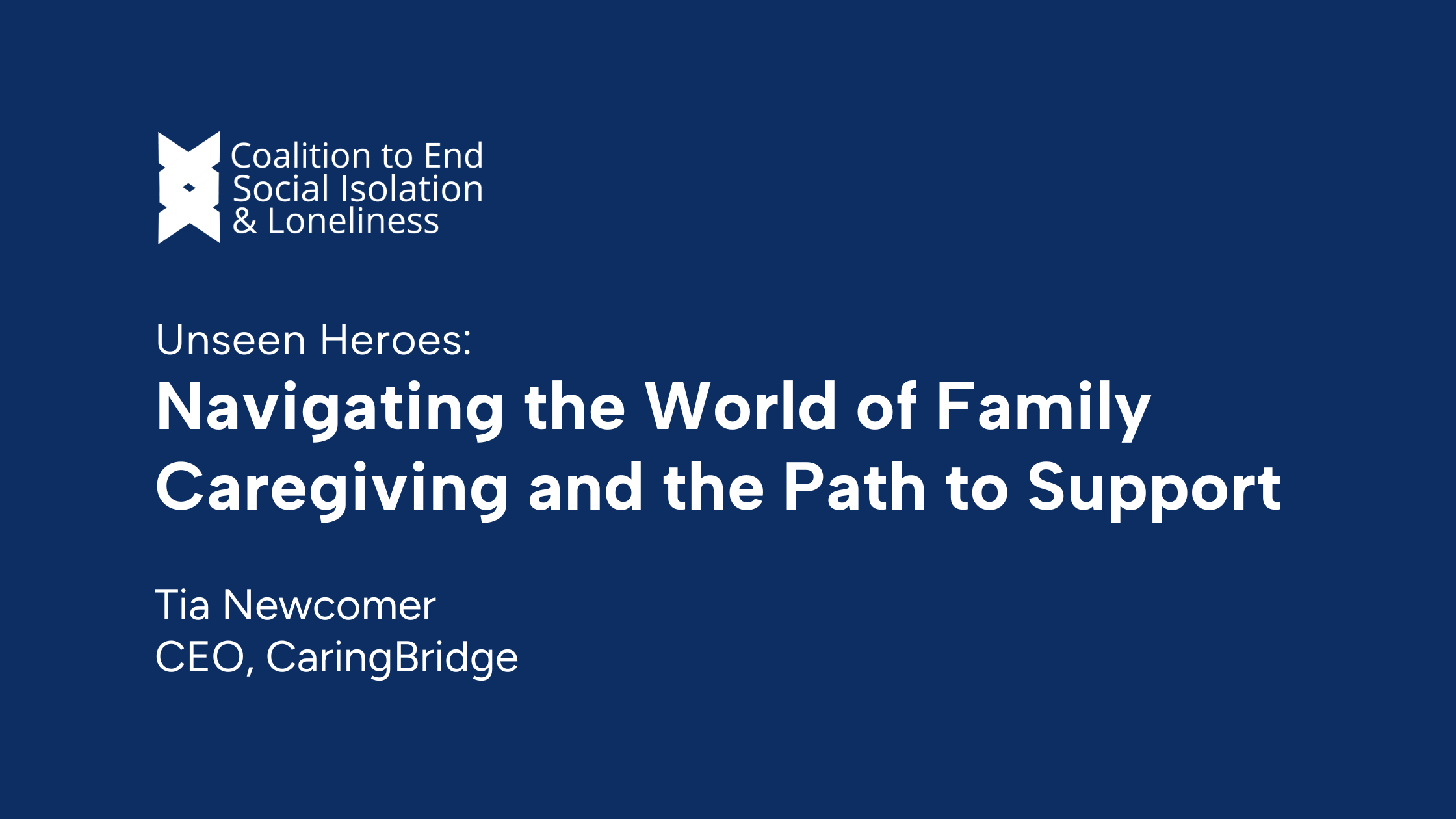This piece was adapted from a Guest Commentary article written by Tia Newcomer, CEO CaringBridge, in Twin Cities Magazine February/March 2024.
Former first lady Rosalynn Carter said it best: “There are only four kinds of people in the world: those who have been caregivers, those who are currently caregivers, those who will be caregivers, and those who will need caregivers.”
You don’t often meet someone and hear the word “caregiver” as part of who they are. Yet family caregivers provide the overwhelming majority of long-term care in the U.S. In fact, there are an estimated 53 million family caregivers in the United States – and the number is expected to grow as the U.S. population ages. According to the World Health Organization, the number of older adults aged 60+ will double and older adults aged 80+ will triple by 2050.
The nonprofit support organization Family Caregiver Alliance, defines a family caregiver as an unpaid individual (usually a partner, family member, friends, or neighbor) involved in assisting someone with activities of daily living and medical tasks.
There are many reasons people might not identify as caregivers. It’s not a job title; some cultures or individuals don’t view this as a role that someone fills: some people don’t feel worthy of the label of caregiver. So, if you don’t think of yourself as a caregiver, it’s hard to identify specific needs you might have as such, much less ask for help.
While family caregiving gets little recognition, it can lead to detrimental, life-changing experiences. It often begins with feeling overwhelmed. A recent CaringBridge survey reported that over 60% of caregivers called caregiving “stressful and “very stressful.” while over 30% reported heavy financial strain. Social isolation and loneliness associated with caregiving can also exacerbate these issues. Studies have found that nearly 10% of caregivers reported feeling lonely often or always, and those who feel lonely are more likely to feel stressed, anxious, or overworked. The percentage is even higher for individuals who are primary caregivers. This loneliness can arise due to withdrawing from previous routines and activities in order to take on a caregiving role.
Family caregivers have nonetheless become an important part of the health system. Primary care providers cite the benefits of working with family caregivers, reporting 88% better patient outcomes and 56% lower hospital readmission rates. And family caregivers often help older adults remain at home, avoiding the cost of hospitals and long-term care facilities, according to a report by the Center for Health Care Strategies Inc.
Those better outcomes come at a cost, however. Without support, caregiving takes a major personal, economic, and emotional toll. According to the same report, six in 10 family caregivers report cutting work hours, taking leaves or absence, or receiving job performance warnings. And the toll on their physical and emotional health is real, with 20% reporting negative impacts to their physical health and 40% to their emotional health. Furthermore, 40-70% of caregivers show clinically significant signs of depression, which is often tied to loneliness. In fact, long-term caregivers have a lower life expectancy, as Susan W. Golden reported in a Stanford University working paper, “Landscape of Caregiving Innovation.”
So what can we do?
- If you’re an employer, know your responsibilities. Encourage employees to learn about and use sick and safe leave as needed. In fact, the new Family Leave Act in Minnesota recognizes the need for caregiver leave, providing for up to 80 days, starting this year. Likewise, a national bipartisan bill, the Lowering Costs for Caregivers Act of 2023, would allow people to use their tax-free health savings accounts and flexible spending accounts on medical expenses for their parents, as well as spouses and dependents. Also locate opportunities to create connection within the workplace to alleviate feelings of loneliness among caregivers.
- Know your personal rights. In the hospital setting, the CARE (Caregiver Advise, Record, Enable Act requires hospitals to do three things:
- Ask patients if they have a family caregiver.
- Contact that person if/when the patient is to be discharged or transferred.
- Teach the family caregiver how to provide the care the patient will need after discharge.
- Learn about caregiving legislation. Congress is currently working to introduce legislation to reauthorize Older Americans Act (OAA), set to expire in September 2024. The Coalition to End Social Isolation and Loneliness has outlined policy recommendations to continue building on the strengths of the OAA to address social isolation and loneliness among our aging population and caregivers. To learn more, view their recommendations here.
- Lastly, as someone who was, is, will be, or will need a caregiver, start talking about caregiving. Identify your caregiving moments and openly share your own journey – the good, bad, and ugly. The more we are brave enough to talk about caregiving as openly as we talk about what we did over the weekend, the more we normalize the important role, in and out of the workplace. Caregivers may feel more connected and less lonely if they are able to establish a support system in talking openly about caregiving.
CaringBridge, a no-cost, nonprofit health platform that surrounds family caregivers with support while they care for a loved one on a health journey. A donor-supported nonprofit founded in 1997, the organization offers tools to share and document a health journey, simplify care coordination, and connect caregivers with a supportive community. To learn more about their work, visit their website here. To learn more about research and resources for social isolation and loneliness, visit the Coalition’s resources page here.

